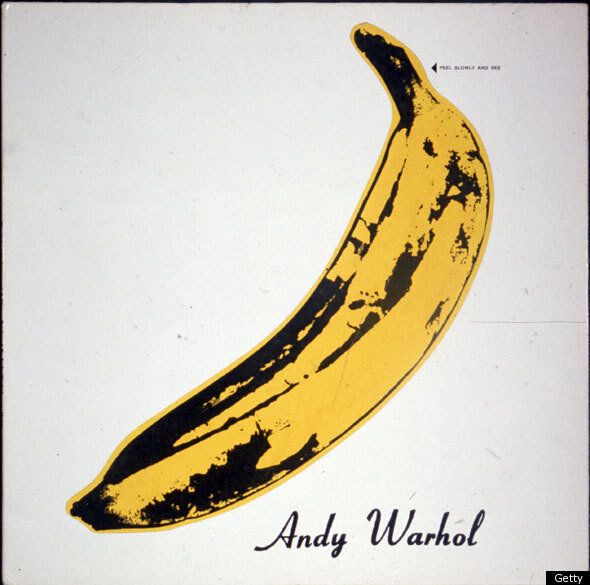It is, arguably, the most famous banana in the world – and now it has been deemed important enough to have started a copyright war.
Rock band The Velvet Underground have launched a legal battle to claim ownership of the yellow fruit that Andy Warhol painted for the cover of their self-titled 1967 album, after being aghast at how the artist’s foundation have been using it to make money.
The group are unhappy that the Andy Warhol Foundation is “deceiving the public” into thinking they endorse a number of products featuring the fruit, including iPad covers, sleeves and bags.
"The symbol has become so identified with the Velvet Underground that members of the public, particularly those who listen to rock music, immediately recognise the banana design as the symbol of the Velvet Underground," court papers claim.
Lou Reed and John Cale, who founded the band, claim in the papers that the banana is a “symbol of The Velvet Underground and its members even in non-musical contexts” and goes on to state that the Andy Warhol Foundation has ignored successive requests from the band to stop selling merchandise that features it.

Andy Warhol, no doubt, would have found such a tussle over one of his images highly amusing. The king of Pop Art had no problem appropriating established symbols himself, as in his famous Soup Cans paintings.
The banana collaboration stems from 1965 when the artist became the Velvet Underground's manager and producer, and used his reputation to gain the band a higher profile.
Warhol convinced them to work with German singer Nico and painted the banana for their debut album. Early editions even included the yellow skin as a peel-able sticker that could be removed to reveal pink flesh - though that didn’t stop it selling poorly at the time, peaking at only 171 on the Billboard top 200.
Over the following decades the album, thanks to tracks like Heroin and I’m Waiting For The Man, came to be hailed as a classic from the period and one of the most influential rock albums of all time.
The band ended their relationship with Warhol in 1968, though the artist continued to be an influential figure in music. He designed the covers for the Rolling Stones albums Sticky Fingers (1971) and Love You Live (1977), and the John Cale albums The Academy in Peril (1972) and Honi Soit (1981).
